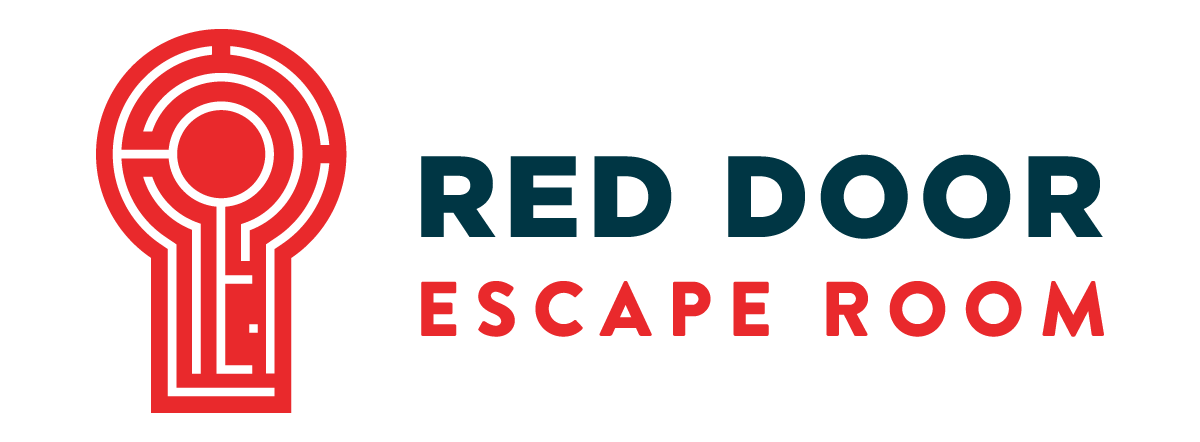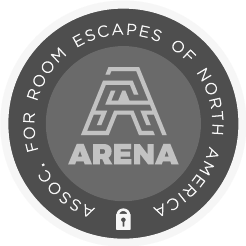Ahh… the sun is shining, school is almost out, and vacations are just around the corner. That can only mean one thing: SUMMER! And here at Red Door, we’re extra excited for summer because our summer campaign, “Design Your Own Escape Room,” is launching in just a few days! This is a chance for you to get those gears in your mind turning, to imagine your dream escape room, and submit your masterpiece to the experts at Red Door.
NOT TO MENTION, THE WINNER WILL RECEIVE A GRAND PRIZE OF $1000!!!
Never designed an escape room before? No problem. These THREE crucial aspects of building an escape room will help you in your quest for originality:
PART I – The Story
Like any form of entertainment, the story doesn’t need to be too elaborate but it should be enticing and it should make sense. Give players the opportunity to step into a new adventure, an alternate universe. Make them believe it. Make them feel part of it. Your story should pull together an immersive narrative, interesting characters, vivid setting, a theme, and the player objective. Challenge yourself to design a story that shows a unique perspective and illustrates how to think differently. Nothing is too deep, but make sure to keep the customer top of mind.
PART II – The Environment
The environment goes hand in hand with your story. It constructs a new world for your players to enter. Appeal to the senses. Describe what it feels, smells, sounds, and looks like. What is the floor made of? The walls? What do people see when they first enter each room? You get the idea. Write down your ideas and you can even try to sketch a rough blueprint. If you can’t figure out how to start, I know a lot of fiction writers (especially in the fantasy and science fiction genres) who draw inspiration from photos, art, movies, or video games. Some of them make Pinterest boards, others prefer collages. Referencing these things can help you as you start the imaginative task of world-building.
PART III – The Puzzle Flow
The hardest part is the puzzle flow. This distinguishes the adults from the children. At this stage, you don’t need you to think through every detail of every puzzle in the room. Instead, start by sketching a puzzle flow chart (show the order of puzzles and which room each one is in) and add a short description of how each puzzle works. Give some variety and include both small puzzles that are easy wins and bigger, more elaborate puzzles that blow people away. A good range falls between 12-15 puzzles in a 60-minute episode—less if the episode is shorter. Remember to spice things up with cool transitions between the rooms. And again, put yourself in the customer’s shoes. What would be awesome to play?
Building an escape room might be just as challenging, if not more challenging, as playing an escape room. But it’s a chance for you to do something creative and new within the industry. Try to be as original as possible and don’t forget to enjoy it! If you think you might need more help, read how Red Door Co-Founder Dan describes the process of designing an escape room.
Make sure you follow our website and social media accounts so you can read up on all our guidelines for this campaign once it launches on Monday. We can’t wait to see what you create! Good luck!


